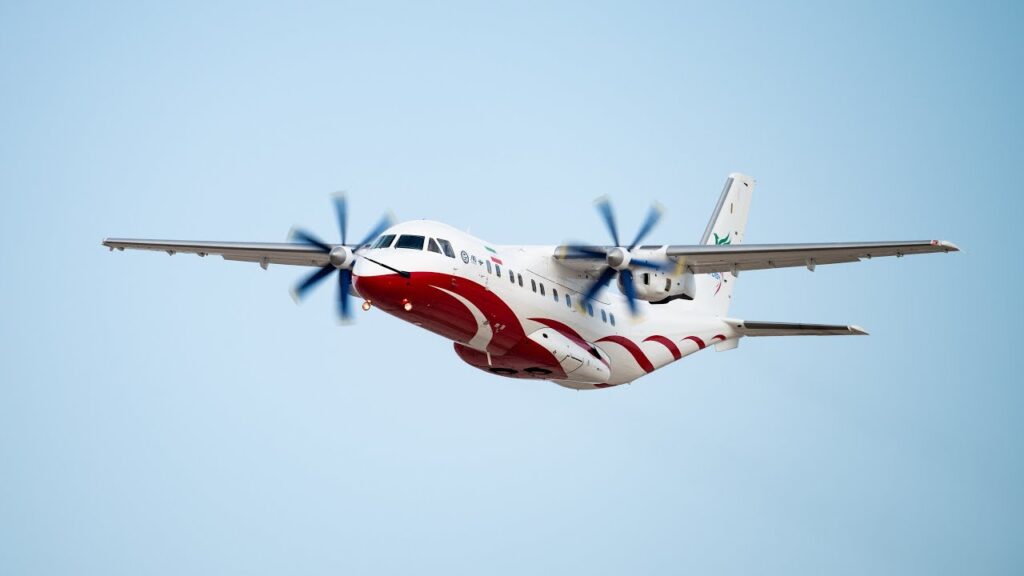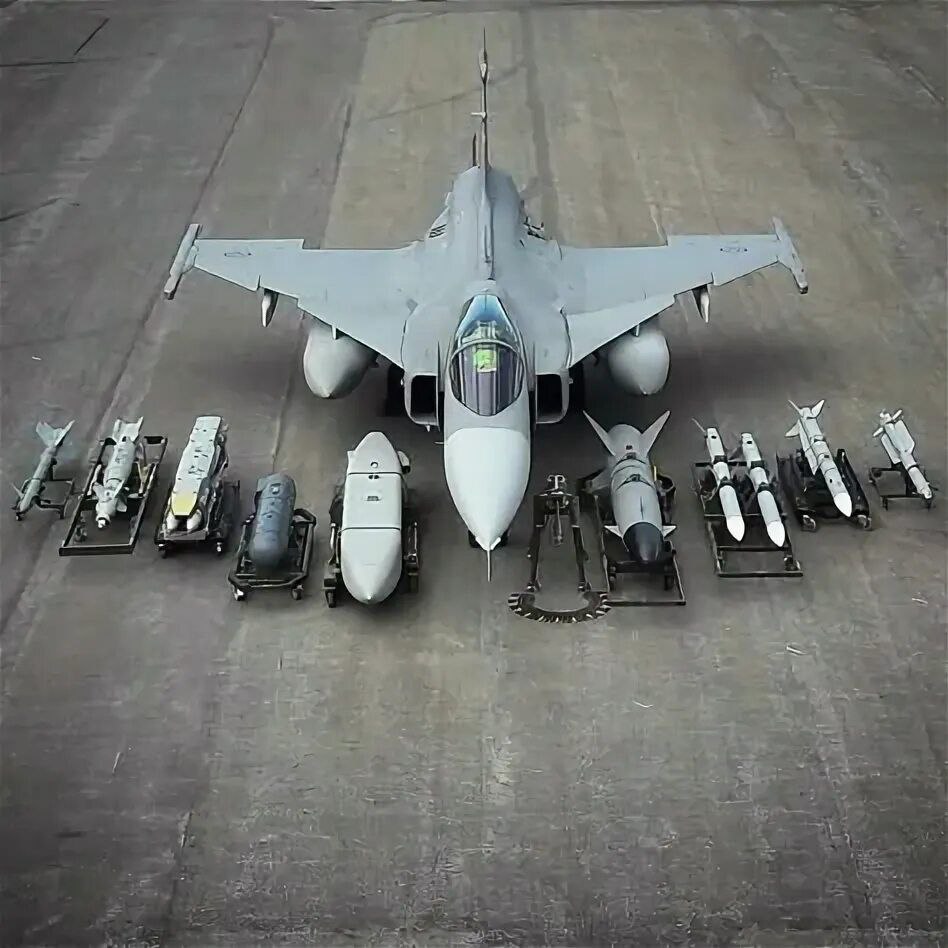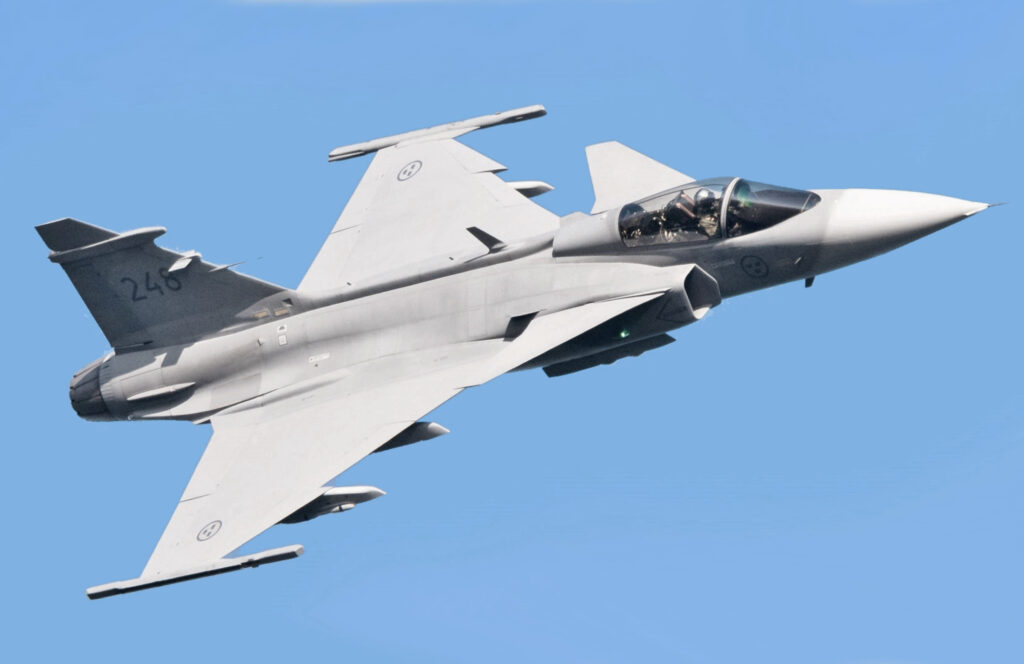Deputy Head of the Main Intelligence Directorate (GUR), Vadim Skibitsky, recently provided an assessment of Russia’s defense industry output for 2025. In an interview, he shared estimates on the scale of military equipment production, including armored vehicles, aircraft, artillery, and missile systems.
Projected Output of Major Weapon Systems
According to Skibitsky, Russia’s defense industry plans the following production figures for new military platforms in 2025:
- Fighter Aircraft (Su-30, Su-34, Su-35, Su-57): 57 units
- T-90M Main Battle Tanks: 250 units
- Artillery Systems (all types): 365 units
- Infantry Fighting Vehicles (BTR-82 and BMP-3): 1,100 units
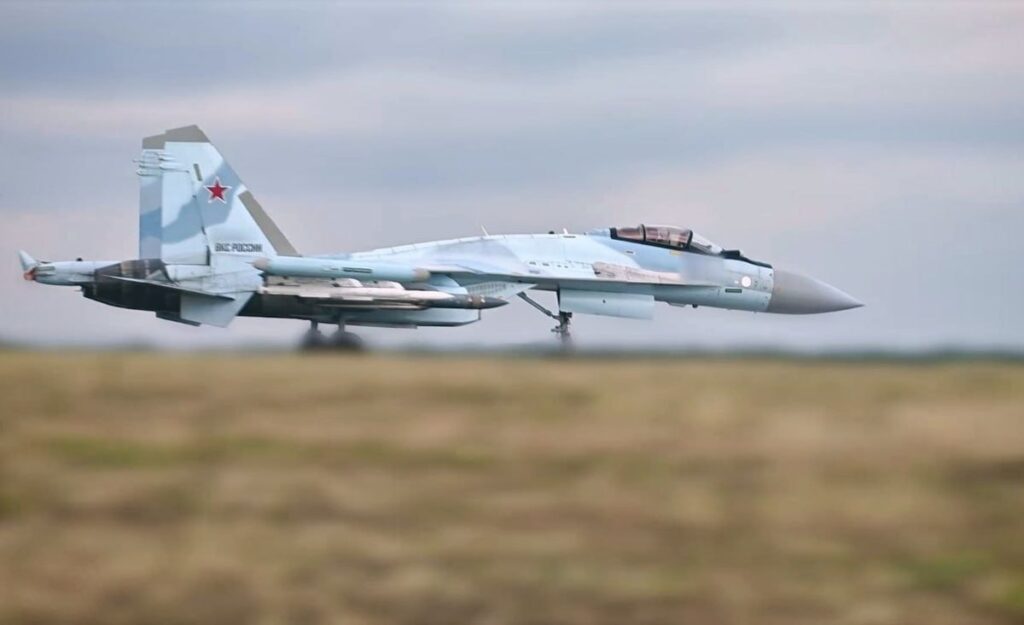
He emphasized that these numbers reflect newly manufactured equipment rather than modernized or refurbished stock. In addition, Russia continues to restore and upgrade thousands of existing systems, although Skibitsky noted that approximately 50–75% of previously stored stockpiles have already been consumed.
Expansion of Drone and Missile Production
Beyond traditional platforms, Skibitsky highlighted the expanding production of FPV drones and Geran-2 loitering munitions, which have played a significant role on the battlefield. He also provided insight into Russia’s missile production capacity, stating that annual output of precision-guided missiles—including the Kinzhal, Kh-101, and Iskander—reaches approximately 2,500 units, or around 200 per month.
Future Force Structure: Tanks, Artillery, and Missiles
Skibitsky outlined Russia’s longer-term rearmament strategy, noting that despite the growing threat from drones, the Russian Ministry of Defense will continue investing in armored vehicles. Moscow has streamlined its future tank fleet, identifying three main battle tanks to serve as the backbone of its armored forces:
- T-90M
- T-14 Armata
- T-80
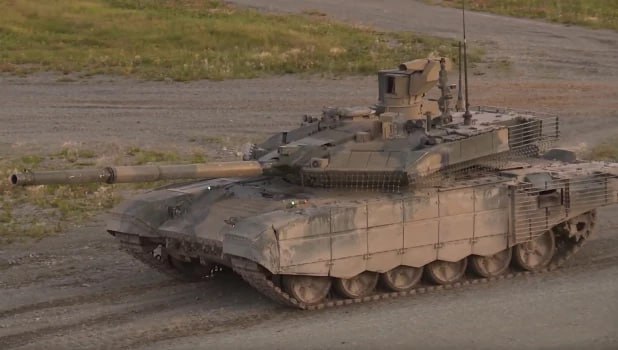
In terms of artillery, the latest systems such as the 2S35 Koalitsiya-SV, Msta variants, Malva, Giatsint, and Magnolia are being integrated into production. These designs, he explained, reflect operational lessons learned during the conflict.
Regarding missile development, Skibitsky noted that Russia’s modernization strategy will prioritize three areas:
- Extended range
- Improved accuracy
- Enhanced warhead effectiveness
This includes a focus on new long-range strike capabilities and modern hypersonic anti-ship missiles.
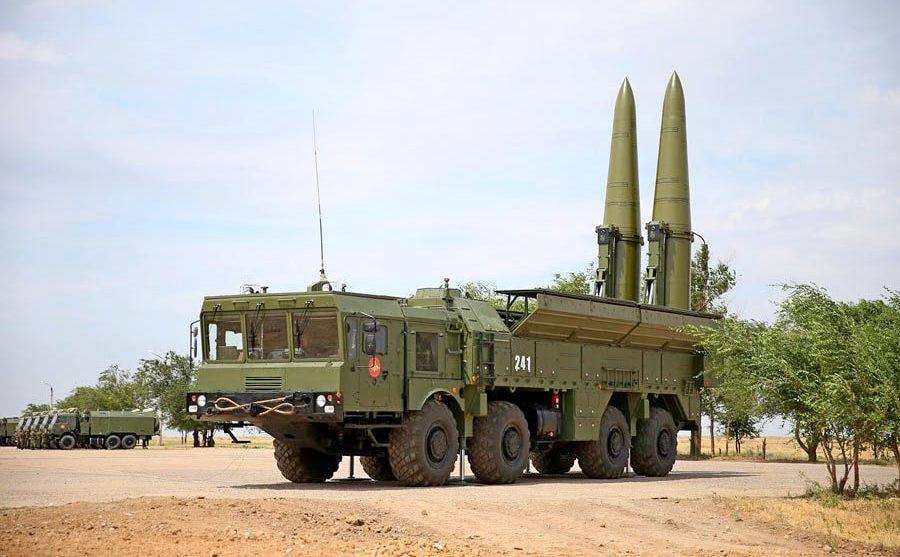
Conclusion
Skibitsky’s remarks underscore that Russia’s defense industry remains heavily engaged in producing new armored vehicles, aircraft, artillery, and missiles while simultaneously restoring older equipment. With rising drone and missile output, alongside a restructured armored force, Moscow appears intent on sustaining and modernizing its military capabilities throughout 2025 and beyond.
